Written by: Aditya Nayak
For video social websites, It’s a race for capturing the most eyeballs, views, likes, shares, comments and subscribers. Content creators on platforms like Facebook, YouTube and TikTok are toiling day and night to churn out series of videos regularly to keep their audience engaged and also hope to monetize on the opportunities provided by these platforms.
And there aren’t even any limitations to it. We have witnessed kids under the age of 18, 12, 8 yrs heck even dogs earn millions of dollars based on the opportunities that these platforms provide to publish content and monetizing it if you can create a follower base. However, not all content on these platforms is just entertainment. There is an equal number of creators churning out educational, scientific and serious content as well. What remains constant are the basic principles – churn out content that attracts eyeballs and followers which you can cash in for revenue generation.
However, in the race to make it to the top of the trends and in the age of FOMO, creators often were caught using shortcuts to create their videos. While some resorted to copying similar content by other creators, others were caught vehemently pirating the entire video of another creator and passing it off as their own. Some people have even put up entire movies, TV shows and sporting events on their channel, leading to a huge headache for not just the original creators but also the platform themselves as they would end up on the wrong side of the legal battle for hosting pirated and unlicensed content.
Seeing such discrepancies, Big Tech eventually was forced to create its own AI-based Copyright Management Engine. These engines protected the value of an author/academic/researcher’s work, by giving the originator of the work the ability to protect it from unlicensed or uncredited usage on these individual platforms.
Now before we delve into the details of copyright management and its needs in today’s content-led world. Let’s talk about privacy regulations and understand the two basic types of intellectual privacy clauses, ‘Copyright and Trademark’.
Copyright and Trademarking
By definition, copyright is a legal right that protects original works of authorship. If you create an original piece of work, you have a copyright on it from the time of its inception. While copyright can apply to original works such as books, music, film, and art, including words and images. What they can’t protect are facts and ideas.
But copyrights are not always enforced by their owners. For Example – Creators who make use of third-party materials such as figures, tables, graphs, photographs, simulations, music or audio/video clips, can do so as the original authors of the material have given permission, have sold the rights to the creator or has posted them on royalty based content sharing sites. However, by making use of third-party materials in your work, you are always putting your channel/profile at risk of muting, takedowns, and even lawsuits. However, for content creators, it is a risk they need to take when creating content using such materials.
For creating content for social platforms, the task seems to become a bit more complex than expected. Content creators now must consider content ideation, development, editing, promotion and distribution. Miss out on one of these aspects and your video won’t get enough “likes, views & comments”. Although there is no guarantee that even after doing all the required things, your video will see the engagement you wish. It is only after the individual/team has hit a certain benchmark in terms of subscribers that their videos see massive viewership and growth. Eventually, these content creators can make use of their large fan following and monetise their work as ad-generated revenue or through brand endorsements.
By now, I hope you have understood the need for privacy laws and copyright regulations. To summarize, both clauses protect the uniqueness quotient of creative work by giving its author/originator the ability to protect it from unlicensed or uncredited usage.
Need for tools like Copyright Management Engine Rights Manager
In a world where good is present, there is bad as well. These platforms not only introduced us to some of the best from the world of creators, but they also gave us ‘copycats’. These ‘copycat’ creators downloaded original content, added/altered the content and then uploaded it online in the hope to monetise like the original source.
This led the platforms to develop innovative solutions and tools to help content creators protect their Intellectual Property (IP) from prying eyes. In the wake of such incidents, Meta (parent company of Facebook) launched the Rights Manager while YouTube came up with a Copyright Management Engine a few years ago. These powerful AI tools automatically detect copyright violations for claimed content across platforms and inform users of any sort of breach/violation. Today, this software/features come bundled into the platform’s creative suite.
How do these engines work?
To get started, creators add content they have created and want to protect into a reference library. Then the Rights Manager takes it from there, scanning/searching any content available on the platform that matches the referenced content. The tool also allows individuals to adjust the match settings to specify things such as geographic limits etc.
The method mentioned above is a manual process, however, these tools do this automatically as well. They discover duplicate content using their own algorithms. These algorithms associated data points to the video based on certain comparison criteria, including:
- Video file size
- Video File Format at time of upload
- Defined Frame Rate
- Audio waveform
- Type of Encoding
- Pixel Distribution
etc.
These set criteria help the platform associate a unique content ID to the uploaded video, which can later check for copyright infringement if there is a match in the audio/video element.
How is it supposed to help content creators (original) and protect them?
The Manual Way
Now imagine you have uploaded a content piece and there were no flags raised by the rights manager. The file will get successfully uploaded to the relevant platform and will be open for public view. However, to protect the rights of creators post uploading, people can manually report a copyright infringement strike against your content. If you get reported manually, the equation changes and becomes a bit more complex. First, figure out by researching why this has happened. Alternatively, you can try editing the content by adding more elements to make it original, but it usually takes a bit more effort to get the video cleared.
The Automated Way
The automated process is probably the fastest and easiest. Take this scenario at hand – you have submitted a reference to your reference library. The tool scans through thousands of content and suddenly comes across a page or profile where similar content has been identified. The tool then alerts you and asks you to choose from a list of actions that work best for you. This action range can include monitoring the content, blocking it or attributing credit via an ownership link. You can even add trusted partners and properties to protect them from matching your reference files.
The Loophole
While this feature was readily welcomed by all creators, it wasn’t such a nuisance until some people discovered a loophole. With an intent of malice, some individuals use these engines to flag content under copyright infringement and cause harm to the original creator. As this became more rampant, content creators started to come forward and voice out their dismay against the misuse of copyright management tools, only to fall on deaf ears.
Regardless of the fact that the third-party material used in the content can be traced back to websites or elements flagged as creative commons, or bought from non-exclusive content marketplaces or from license-sharing websites, the tools could not differentiate the original from its copy nor could they check if the material were available as ‘free-for-public’ use.
While there are several types of content creators who create ‘unique’ content, there are also some who make use of third-party materials, such as figures, tables, graphs, photographs, simulations, music or audio/video clips. Many of which are got by taking prior permission from the author or licensing it under creative commons and are available in the public domain. They buy them from non-exclusive content license-sharing websites such as Shutterstock and Biteable. So whether you are using text, images, audio or video, or any third-party materials in your content, you are potentially subject to copyright.
|
|
The algorithm usually flags copyrighted content during the upload time itself. Users can then make edits to the content by either adding more audio elements or visual content or else introducing modifications to change its digital signature.
Got Flagged? What Next?
If your video gets a copyright strike, its remedy depends on several factors including how your video was flagged and who flagged it. The algorithm usually flags content during the upload activity which you can do something about.
If you got a manual report, things get a bit more complicated and you need to do a bit of research on why this happened. You can try to edit the video and add more content, but usually, it will take more than that to get your video cleared.
The Content Creator’s Dilemma
Content ID is YouTube’s automated, scalable system that enables copyright owners to identify YouTube videos that include content they own. In short, it is a digital fingerprinting system that content creators can use to easily identify and manage their work on YouTube. Content ID scans videos and flags content to creators where it sees their work is being copied. It then offers options of whether to make a claim depending on whether the video falls under fair use or not.
While this is useful for original creators, copycat creators have misused this facility and flagged other content owners. For example, when struck with infringement, YouTube will ask you to give away all private information to whoever has put the copyright strike on you even though you would be the original author of the content. This especially happens when the claimant’s channel has more subscribers than the person who has been struck.
Unfortunately, officials on YouTube don’t listen and creators are able to get away with it. Nowadays, many creators have come forward in unison speaking on the massive lack of transparency with copyright management on these platforms and are in hopes that the issue will get resolved sooner or later. While we may be under the impression that platforms like Facebook and YouTube are ‘socially driven’ websites, embarking on their growth on user-generated content. The reality is far from the actual scenario. The days when social media was run at the helm of the user are long gone. When it comes to exercising authority, these platforms supersede overall when it comes to decision-making.
What’s the way out?
As a content creator, whether you have faced copyright strikes or are fearful of your content getting stolen or are fed up with the discrepancies in the platform’s guidelines. It’s high time for you to think about other avenues of growth and monetization.
Here is a simple solution – Play on your strengths of unique content creation without having to face the fear of copyright infringement, ever!
Too good to be true? Wondering how to achieve this?
Well, read on!
Expert Advice: Launch your White Label Video Streaming Platform
All you need to do is, change your video hosting solution and move your online business elsewhere. You can launch your own white label video streaming platform (we will be happy to help you in launching your white label video streaming website and app) and monetize your content in whichever way you want- subscriptions, ad-based or PPV.
What we are suggesting here, is that instead of solely relying on platforms like YouTube where there is no independence in terms of content creation, strict guidelines and a non-profitable ad share revenue policy, you can opt for a video hosting platform and create your own standalone Netflix like website/app where you are going to be the sole beneficiary as far as monetizing video is concerned.
By launching your white label OTT channel, you can earn a lot more revenue than YouTube can ever give you – trust us – there are so many Muvi customers who have a monthly income of more than $7000 per month just by creating original content. Plus, you would not have to share any revenue with anyone – the entire money is yours.
How Does a Video Streaming Website Work?
The process is really simple with Muvi – You would require absolutely no coding knowledge to launch your video/audio streaming channel.
Just follow these simple steps:
- Subscribe to our Muvi Platform
- Choose a stunning template from our brilliant range of ready-made templates from the template marketplace
- Upload your video/audio to our CMS
- Set monetization models as per your choice
- Start streaming & earn revenue
Why Launch a White Label Video Streaming Website?
The misuse of copyright infringement has hit hard on content creators, especially those whose sole income came from streaming videos on these social video platforms. For them, shifting to a new online video platform and launching a brand new video streaming website is the best option available. This would help streamers to create their own branding, be independent and never fear the likes of content infringement strikes or demonetization, ever!
Here’s why one should launch a white label streaming website of their own:
Tighter Security
Muvi is an Enterprise Grade professional online video platform and is equipped with tight security like access control, encrypted streaming, watermarking, password protection, DRM, domain control, etc. that protects your exclusive content from the prying eyes of hackers.
Muvi is equipped with security features and Studio Approved DRM that helps us protect your platform and media assets and your users from various security threats.
Customization and Branding
Platforms like YouTube and Facebook will not give you desired customizations or enhance your brand name. In contrast, creating a video streaming website/app would showcase your brand name by incorporating a “white-label” video player that would allow you to incorporate custom branding and colours.
Monetization
Video monetization is one of the most crucial features for a content creator. Professional video platforms have multiple content monetization methods, including subscriptions, ad-based and PPV. Muvi lets you monetize your content through subscriptions, ads, PPV and even using a unique method like donation monetization! For more information, check out Multiple Monetizations.
Closing Statement
This isn’t the first time such mass reports of copyright infringement misuse have come into the limelight. Time and again, creators have been getting attacked by other creators in order to gain some dominance over them in their genre of content. For example, it happened way back in 2016 in response to an old video by the most popular YouTuber of all time- PewDiePie. And since history repeats itself, it’s likely this will happen in the future again resulting in millions of dollars lost in revenue. So you can well imagine how unsafe these platforms are for content creation, copyrighting and monetization. It’s time for you to take control of your work, your IP rights and your income by building your own video platform with Muvi.
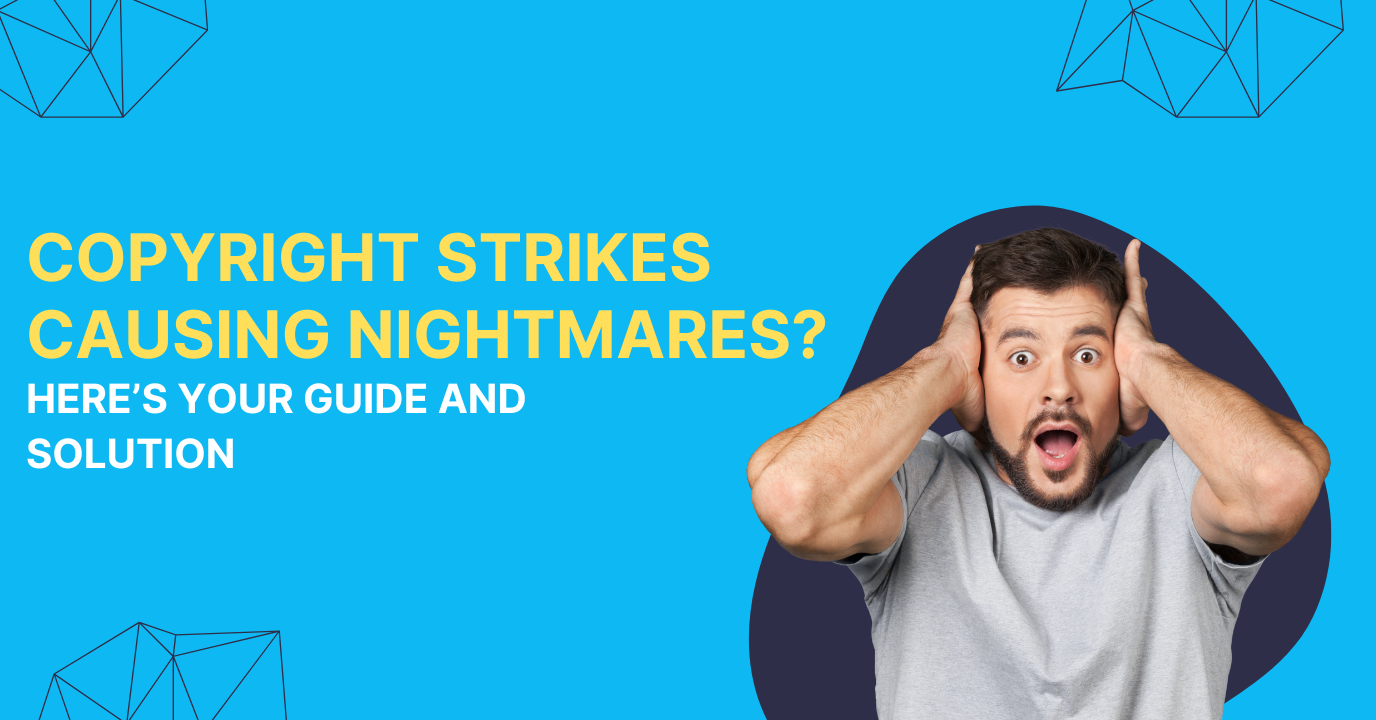
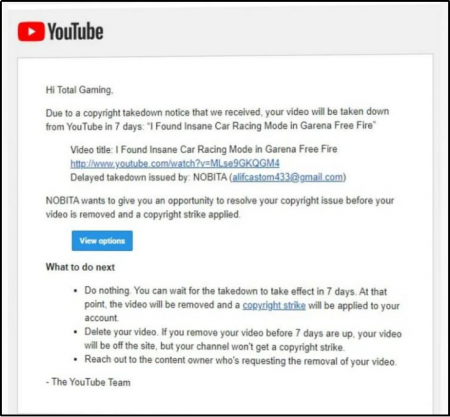
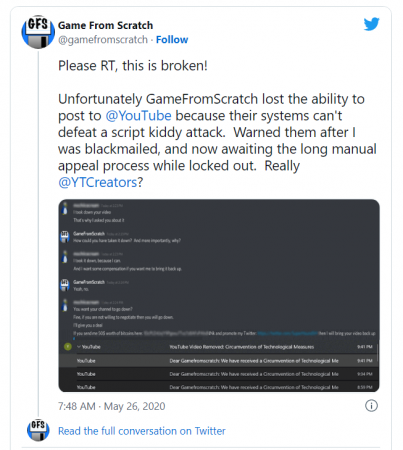








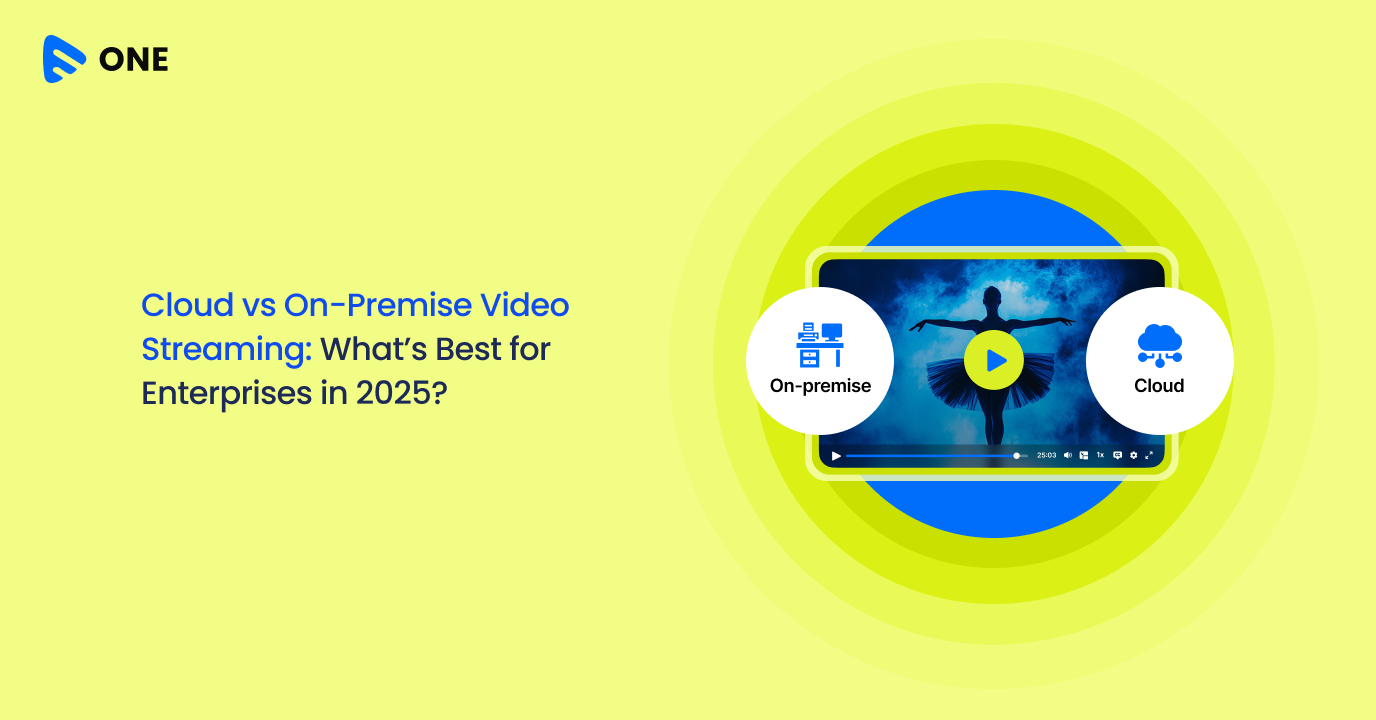
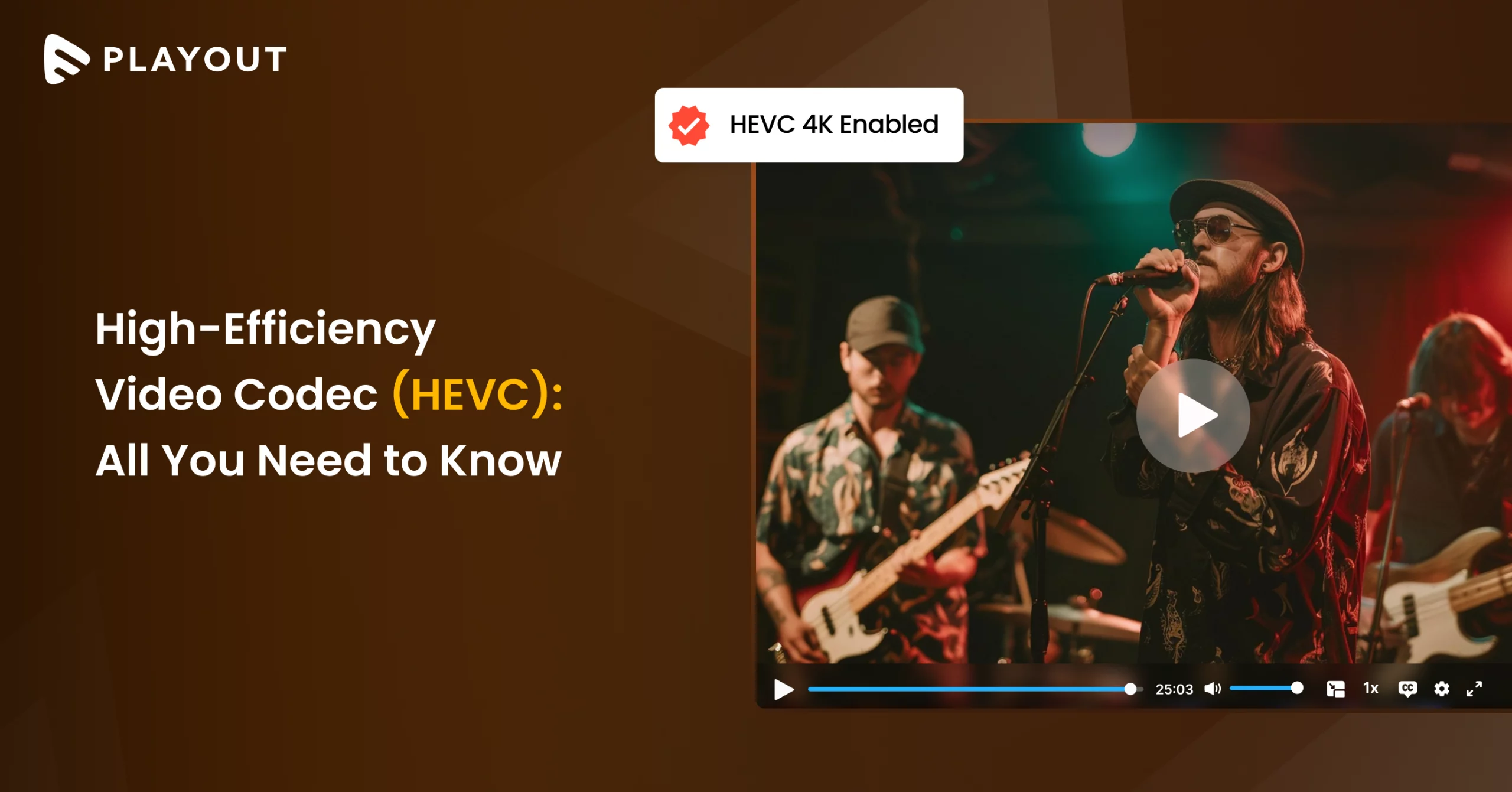




Add your comment